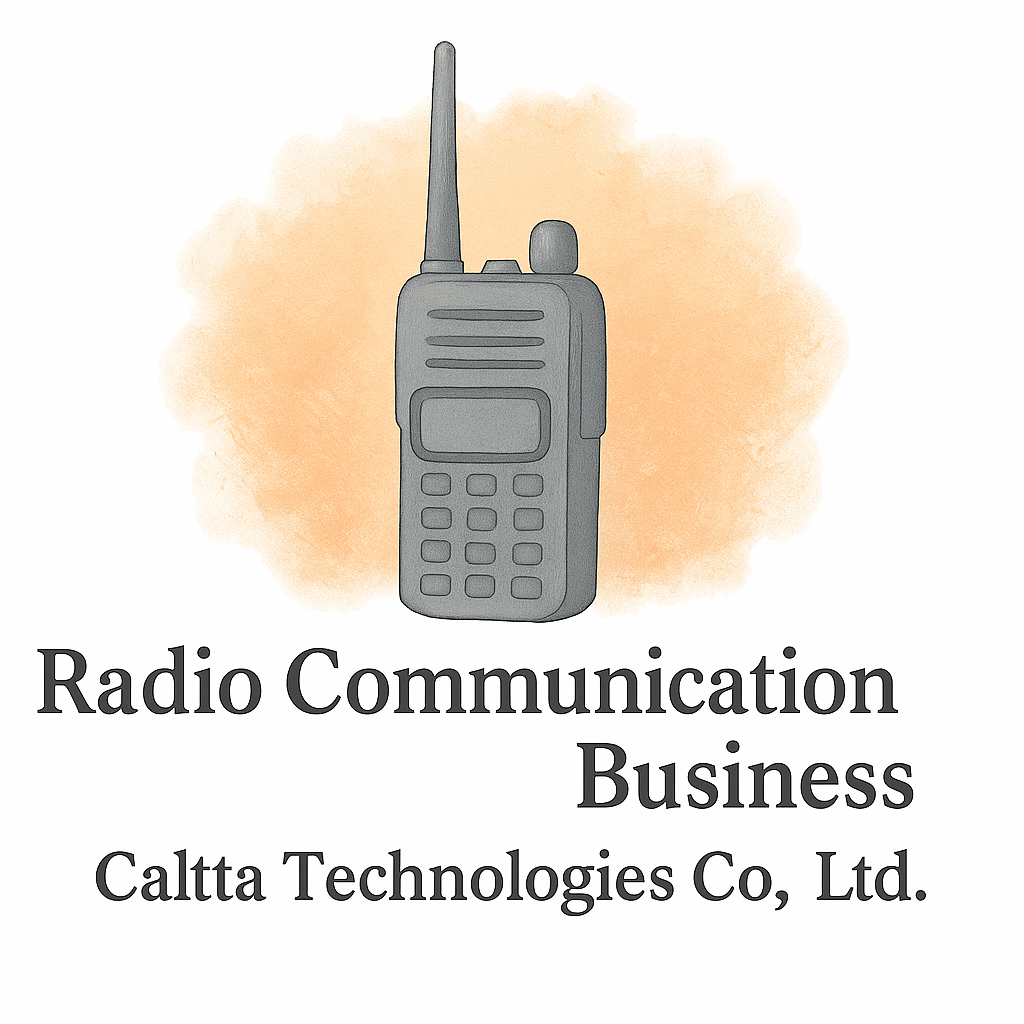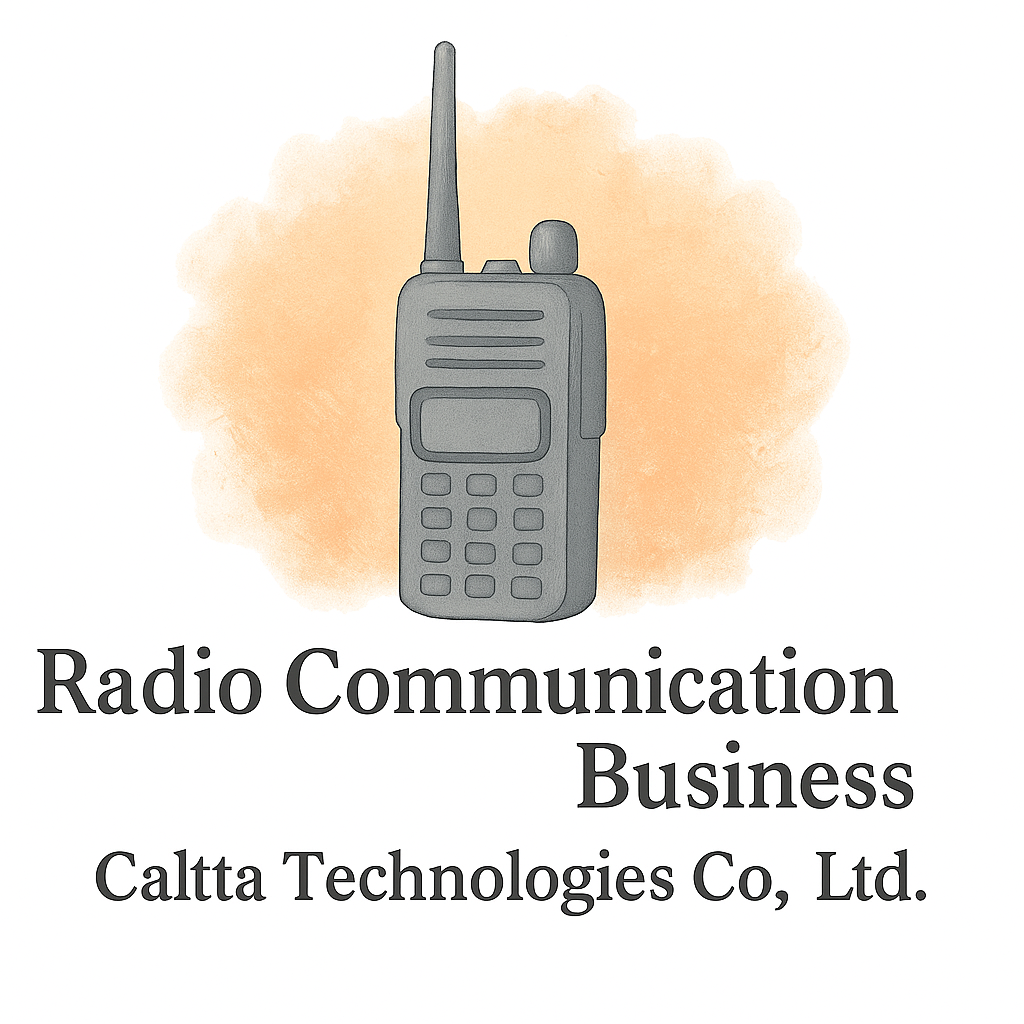Introduction to Radio Communication Equipment
Radio communication equipment is the backbone of many industries—whether you’re in emergency services, security, logistics, or outdoor adventures. Reliable, well-maintained radio systems can mean the difference between clarity and chaos. If you’re depending on these devices, maintenance isn’t optional—it’s essential.
Why Maintenance is Crucial
Reliability in Critical Situations
Imagine needing to relay an urgent message, only for your radio to fail. Whether you’re in a life-or-death rescue or managing a large event, maintenance ensures your communication lines are always open.
Maximizing Equipment Lifespan
Like any tech, your radio communication equipment has a lifespan. But with proper care, you can extend its usefulness and avoid unexpected costs. Think of it as giving your gear a longer lease on life.
Tip 1: Regular Visual Inspections
Look for Physical Damage
Always begin with your eyes. Check for cracks, corrosion, or wear on cables and casings. A tiny issue—like a frayed cord—can spiral into complete failure if ignored.
Check Antennas and Connectors
Antennas should be straight and secure. Loose or damaged connectors can disrupt signal quality. Give everything a gentle tug; if something wiggles, it needs attention.
Tip 2: Clean Equipment Properly
Use Approved Cleaning Tools
A microfiber cloth, soft brush, and some compressed air can work wonders. Don’t use your shirt sleeve or kitchen sponge—that’s a fast track to scratches.
Avoid Moisture and Harsh Chemicals
Water and electronics rarely mix. Use only damp—not wet—cloths. Skip alcohol or strong cleaners that can eat away protective coatings.
Tip 3: Keep Firmware and Software Updated
Manufacturer Recommendations
Check the manufacturer’s website (or manual) regularly for firmware updates. They often include bug fixes and improved features.
Benefits of Regular Updates
Software updates not only boost performance but also close security gaps. Staying current means staying safe and functional.

Tip 4: Store Equipment Safely
Ideal Environmental Conditions
Avoid extreme temperatures and humidity. Choose a dry, cool space away from sunlight. Radio gear hates damp basements and hot vehicles.
Use Protective Cases
Invest in cases with padding. Whether you’re tossing radios into a truck or storing them long-term, cases help absorb shocks and reduce wear.
Tip 5: Test Equipment Regularly
Scheduled Functional Checks
Create a calendar for routine testing. Weekly or monthly, depending on usage. Listen for audio clarity, check range, and make sure settings are intact.
Pre-Deployment Testing
Before any event or operation, do a final test run. It’s your last chance to catch an issue before it becomes a problem in the field.
Tip 6: Battery Maintenance
Charging Cycles and Storage
Don’t let batteries fully die repeatedly. Lithium-ion batteries prefer partial discharges. Store them half-charged if not used for long periods.
Replacing Aged Batteries
Batteries degrade over time. If your radio dies quickly even after charging, it’s time for a replacement. Better safe than silent.
Tip 7: Train Your Team on Proper Use
User Manuals and Best Practices
Distribute guides and do walkthroughs. Even a short misuse—like transmitting with a bent antenna—can cause permanent damage.
Avoiding Common Mistakes
Keep water away, don’t drop them, and never charge in extreme heat. Training helps avoid rookie mistakes that shorten lifespan.
Tip 8: Protect Against Environmental Hazards
Water, Dust, and Temperature Exposure
If you’re out in nature or near machinery, the environment can be brutal. Use weatherproof gear or enclosures when necessary.
Use of Rugged Equipment
Consider investing in rugged radios like those featured in Caltta’s Equipment & Technology. Built to endure, they’re worth the price if you’re often in tough environments.
Tip 9: Keep Spare Parts and Accessories Ready
Critical Spares Inventory
Stock essential items—batteries, antennas, chargers. If something breaks mid-mission, you’ll thank yourself for having backups.
Benefits of Quick Replacements
Quick fixes mean less downtime. Check out Caltta’s Business Startup Basics for tips on inventory management and operational readiness.
Tip 10: Schedule Professional Servicing
Annual or Bi-Annual Checkups
Just like a car, your radios need expert checkups. Professional diagnostics catch things the eye can’t.
Partnering with Certified Technicians
Choose partners with proven credentials. Caltta International connects businesses with certified maintenance professionals.
Conclusion
Your radio communication equipment is like your digital voice in the field—keep it strong and clear. These 10 maintenance tips are simple but powerful. A little effort regularly can save you from disaster later. Whether you’re a startup or an established company, proactive care goes a long way.
For more industry guidance, explore Caltta’s Industry Insights, Marketing & Branding, and Financial Planning. Also, check tags like #radio-communication, #equipment, #compliance, and #startup for more in-depth content.
FAQs
1. How often should I inspect my radio communication equipment?
You should visually inspect your gear at least once a week, especially before critical use.
2. What’s the best way to clean my radio equipment?
Use a microfiber cloth and avoid water or strong chemicals. A little compressed air helps too.
3. How long do radio batteries typically last?
Most batteries last 1-2 years with regular use. Replace them if performance drops noticeably.
4. Do I need to update radio firmware?
Yes! Updates often improve performance and security. Check with your manufacturer regularly.
5. What should I do if my radio stops working?
Try replacing the battery or antenna. If it’s still dead, consult a professional technician.
6. Can I train my team internally on equipment use?
Absolutely. Use manuals and short training sessions. Preventing user error is a big win.
7. Where can I find rugged equipment for harsh environments?
Check out Caltta’s Equipment & Technology section for durable, high-performance options.


